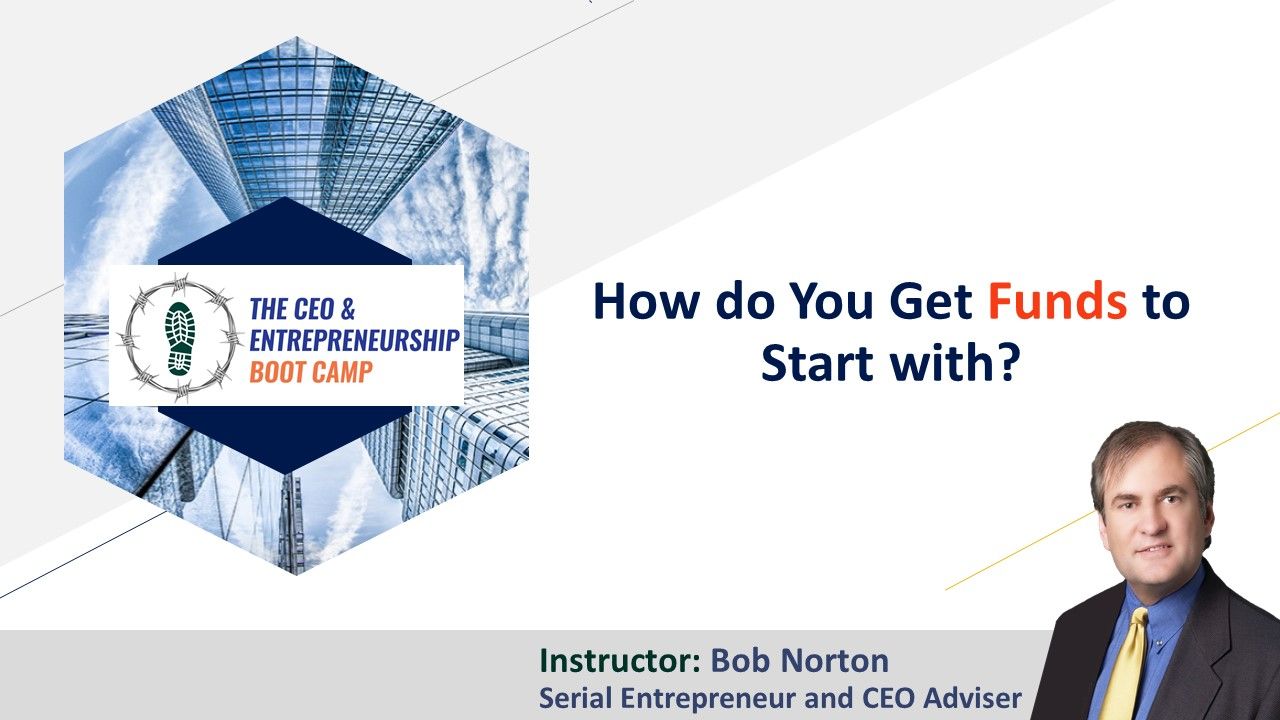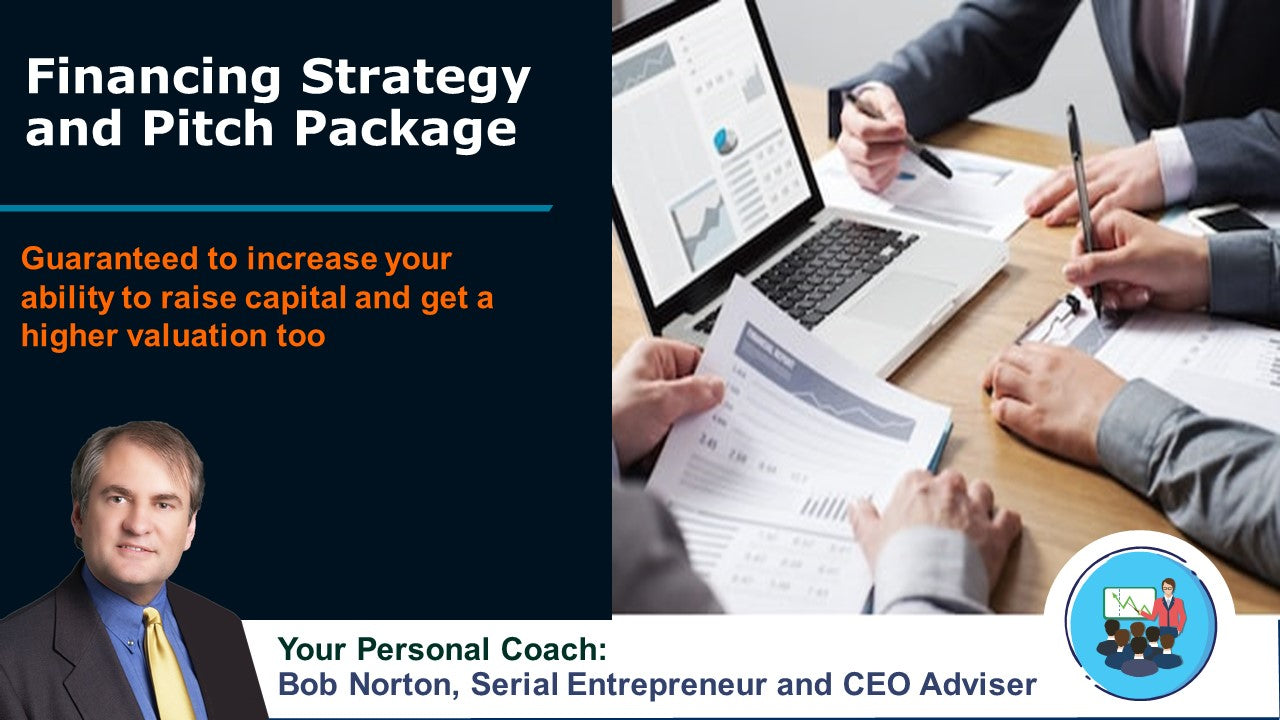If I Pitch an Idea to a Private Investor, What Happens If They Steal It?

Ideas are worthless. And it would be totally legal for them to steal them. Maybe you are confusing patents, copyrights and other intellectual property.
An “idea” has no legal protections. And you can be pretty sure you are not the first one to have any given idea too. And if anyone can steal a single “idea” and replicate your business, it is a very bad business. What you need is lots more including many things like a business model, target market, product/service and hundreds of ideas.
Companies need a team, plan and many protectable ideas. These are protectable intellectual property when kept as trade secrets, patents and copyrights. Almost every company should have some of these and contracts with employees to prevent them from taking them.
Investors do not sign non-competes or non-disclosures because they need to meet too many people.
Frankly, if your “idea” is all you have, you should not be talking to investors as you are...
What Is A Reasonable Salary For Early Founders When Raising Outside Capital?

A reasonable salary for any CEO or founder is a $100K to $200K today. This depends on their experience and market value which could easily be $500K+. A CEO with ten years in that seat is worth $300K to $500K base salary, but investors want them to have skin in the game and urgency too.
Like a salesperson you never pay them enough in base salary to be totally happy, or financially comfortable. Stock value should be the main long-term motivation. At 20% capital gains tax, not 50%+.
What is more important is that the base salary is a small fraction of the upside of their equity. Investors want founders 100% focused, not worried about paying their personal bills, or moonlighting to do that.
Building a company is a marathon not a sprint. All the founders need to be committed for a 5 year period. And in any VC level opportunity ought to have at least $10M to $20M upside with reasonable success. With 3 to 5 key players that's a $100M stock option pool. Normally at least 10% of the company,...
How do You Get Funds to Start with?

Raising money is very difficult and only possible for companies that can grow large and provide a nice return to investors that warrants the risk. This is for “Equity” or stock sales. Debt can be used with home equity loans, credit cards, friends and family though if you are just starting and have no product or team.
I recommend you do not start a company without at least 6 months personal expenses in the bank. Most of your input to create value (so shares can be sold for something over $0.00) will be from sweat equity. This “bootstrapping” creates value and shows investors you have the skills and a plan.
For a “real startup” with a product that must be created plan on a year to develop a plan, do market research, competitive intelligence, design a product, validate it by showing to prospects (before you build) and then building the MVP. If you do not know what an MVP is, you need to read The Lean Startup first. Service companies require less...
What causes valuation change from one round to another for startups?

Valuation increase is all about reduction in the risk by achieving new milestones. Any startup worth outside investment has risks because it is doing something new, driven by innovation. If it is not new (differentiated in the market) it cannot demand the high gross margins needed to grow rapidly and pay investors the high return needed for that risk. Each risk that is removed by proving metrics around it is eliminated from the list and bumps the valuation significantly, sometimes by 2X or 3X even. This can mean millions more cash in a financing round and millions more net worth for the Founders and investors too.
Although the risks can vary, most are pretty generic for early-stage startups. Here are the top ones to think about and set as goals, timed with your financing timeline:
1. Team - Attract a top team of seasoned executives in innovation, marketing and sales. Finance and operations are less critical early on and have more generic skills, as they need less...
How fast must a company grow in its projections to attract interest from venture capital funds?

Typically, no less than fifty percent compound annual growth rates after sales start will be needed to clear the minimums. More often, no less than one-hundred percent compound annual growth rate (CAGR) will be required at some point. Of course, growth rates can vary by year, and these are just the average over a five to eight year investment before a liquidity event to cash out.
 | Learn more about our Growth and Scaling (GSP) |
| For a free video consultation call on what your |
See our courses and coaching programs related to scaling here.
Bob Norton is a long-time Serial Entrepreneur and CEO with four exits that returned over $1 billion to investors. He has trained, coached and advised over 1,000 CEOs since 2002. And is Founder of The CEO Boot Camp™ and Entrepreneurship University™. Mr. Norton works with companies to triple their chances of success in...
How Long Does It Take to Raise Venture Capital Typically?

Learning and preparation should start at least a year in advance. Once you are prepared, allow six months. It could be shorter or longer, that will depend on your deal and the market at the time in that industry space. Hot deal areas can get done quickly, most will be several months at least.

Click here to get this Financial Package
Pitching and corralling investors with interest is not in your control. I can take three to six months. Often the partners become unavailable (on their yachts and at vacation homes, presumably) for summer and winter holidays.
 | Learn more about our Growth and Scaling (GSP) |
| For a free video consultation call on what your |
Nothing you can do because usually a partner meeting and vote is required to finalize any deal. Due diligence can take sixty days. Generating a sense of urgency is always a challenge as they have a hundred deals they can do every...
How Do I Get Introductions to Venture Capitalists for a Warm Call Instead of a Cold Call?

My favorite technique is approaching the CEOs they have invested in before, which are often available in public records or on their respective websites. First you need to target very narrowly the right investors for your type of deal by industry, stage and sometimes geography. Then with this focused list you can find their portfolios, and the CEOs of those companies. Although many CEOs will not take your calls the right approach, asking for help, not money, can get you their sympathy and a lunch. Not long ago they were you and the founder, bond can be powerful.

Click here to get this Financial Package
Lawyers can be approached that do deals with these companies, and top-level accountants. Often public records like Edgar where SEC IPO disclosures can be found will point you to these relationships.
 | Learn more about our Growth and Scaling (GSP) |
| For a free video consultation call on what your |
How Do I Find an Approach Angel Investors?

Networking is the key strategy. You need to get out there and meet other CEOs, investors and key referral sources at physical events. LinkedIn can be a way to find them, but cold approaches are difficult. I get invitations to invest every week from people I do not know, and I am certain most are not high-quality deals within seconds from their email, deck or type of approach. Bad English, missing key data, no team background and a hundred other red flags mean an instant rejection. Too many to even send five minutes looking at them when the CEO cannot hit the key points to sell the deal in a few sentences. That is the only thing that will get me to read a deck, unless I want to sell them the help they need to raise funds because I like their idea and think the CEO/Founder has potential.

Click here to get this Financial Package
Warm interdiction are best. This is best if it is a CEO that made an investor money, introducing you to their past investors. Lawyer, accountants and...
How is it Possible that A Startup Company Can Raise A $100 Million Dollars Or More?

The more money that is poured into a deal, the lower the risk and more market share they are likely to garner. And hot deals where growth and financial projections are getting real can create a feeding frenzy among investors. It is also likely that these larger investment can scare off smaller competitors. It is often assumed there are a limited number of winners in any given market.

Click here to get this Financial Package
Furthermore, it could be three or ten, but limited. Therefore, more money means lower risk and higher upside. Sometimes these deal with blow up, proving to have false expectations. WeWork was a good example of this, and so was Theranos. Both we run by entrepreneurs with questionable ethics. And that’s why the most good investors will want to see strong integrity in the CEO and management team. No one wants to invest in a company with a dishonest management team.
Join the Free Webinar: Mastering the Top 10 Challenges of Growth & Scaling
Bob...
What kind of capital should I raise?

This table shows the typical sources that are best based on your company’s stage of development. Your mileage may vary.
|
| Friends & Family | Angel Investors | Venture Capital | Crowdfunding |
| Usually Called | Friend and Family Money | Seed or Bridge | Series A, B, C etc. | Several types depending on size. SEC regulated. Types are CF, A which have different requirements for reporting, etc. |
| Employees | 0 to 10 | 1-15 | 10+ to 500 | 0 to infinity |
| Annualized Revenue | $0 to $500K/year | $0 to $2M, more the better. Path to profits with scale clear | Rarely $0 or less than $500K annually, but can be any amount. | $0 to $2M, more than that you may have better sources that can be more helpful. |
| Product Maturity | Idea to prototype | Close to or have an MVP already. | Working product with likely improvements in the pipeline but operating at many customers. | Idea to $2M annual revenues. |
| Deal Structure | Convertible or SAFE note with a discount on the... |




